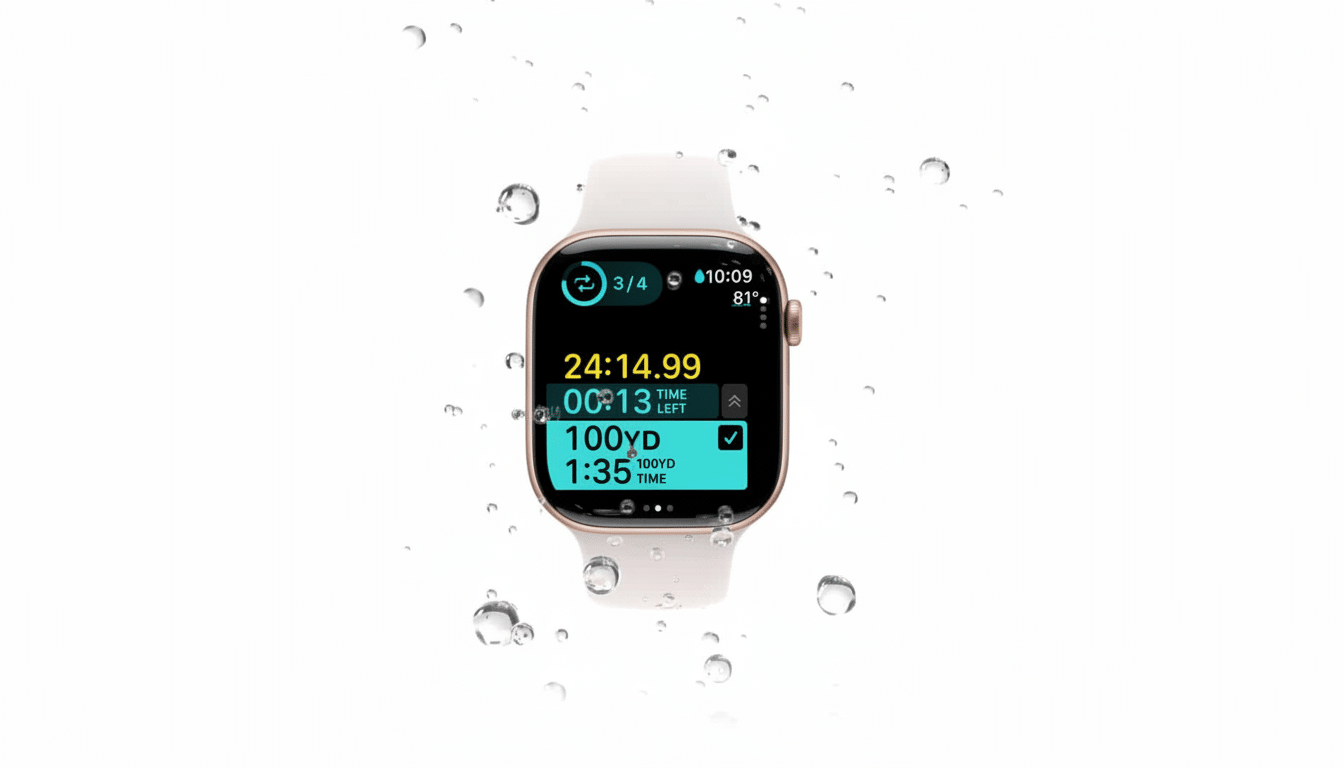Apple’s new watches are great, but from what we have seen so far, they are not the smartest buy today. The Apple Watch Series 10 has come into its own as a sort of sweet spot device: it features the same software as the new lineup, shares a lot of core hardware components with its successor, and is often discounted to around $329 — about $70 off list, or nearly 18% in savings.
If you’re looking for the best combination of features, duration and price, the Series 10 is what most buyers should aim for while the sale is on.

Why Last Year’s Model Is the Smart Buy Today
The Series 10 will support the latest features, health data and safety alerts on watchOS 26, which it is slated to receive at launch — the same software experience as the newest watches. More than it sounds: prominent features are now more likely to come through software updates rather than new hardware, and Apple tends to support its watches for many years. Apple has repeatedly led global smartwatch share in Counterpoint Research reports, in part because its older watches don’t become obsolete as quickly.
Apple kept the Series 10 and Series 11 in the same streamlined chassis. The case dimensions, thinness and overall weight are pretty much the same, so there’s no loss of comfort or compatibility with bands and chargers. They both have Apple’s S10 system-in-package inside, so for the most part, day-to-day speed, app launching, and how quickly the UI responds to your touch all feel identical in general use.
And the biggest hardware delta is endurance. Apple rates the Series 11 for about 24 hours, giving you six more than the Series 10’s standard 18-hour estimate. In use, both cross the one-day threshold with Low Power Mode enabled and conscientious settings. And for many, topping up in a commute or during a shower adds comfort, not need.
The Stuff That Matters Day to Day on Series 10
watchOS 26 offers the Series 10 marquee improvements: FDA-approved Hypertension Detection, deeper Sleep Scores, and a handful of barely noticeable but handy gestures (flick your wrist to scrub calls; dismiss alerts with a tap). You can also use Workout Buddy in the Fitness app for a more coached training feel. It’s a fair amount of quality-of-life gains inching toward the latest release.
That includes the complete health sensor suite that separates a “real” Apple Watch from the budget model: ECG, blood oxygen monitoring, temperature-based cycle tracking, fall detection and irregular rhythm notifications. Certain features are available in differing capacities region by region, but the point remains — this is the health suite buyers wanted when they bought it.
The always-on Retina display is also worth mentioning; that puts the Series 10 in a different league. This kind of quick-access, glanceable data — for example, pace metrics mid-run, timers, or turn-by-turn haptics — becomes more important when you don’t have to lift or tap your wrist to wake the screen.

How It Stacks Up Against SE 3 and Series 11
The Apple Watch SE 3 is still the point of entry, and it has the S10 chip and watchOS 26 features including Sleep Scores. But it leaves out key health features like ECG and blood oxygen, and it does not offer the always-on display. It doesn’t even have Hypertension Detection. Then, when the Series 10 price slips to around $329 it becomes close enough in cost that most buyers will want to stretch the extra $30 or more for the fuller health and style offering.
Compared to the Series 11, the Series 10 ships with reduced battery life and a few small refinements. If you actually require that 24/7 stamina — you want the watch strapped on for sleep tracking every night without charging in the middle of the day — then Series 11 justifies its premium. Otherwise, performance and features are so similar that it’s almost not worth the additional spend when the Series 10 is on sale.
Real-World Value and Who Should Buy the Series 10
The calculus is straightforward for health-conscious shoppers. The Series 10 does give you ECG, blood oxygen, and Hypertension Detection — abilities that clinicians and organizations like the American Heart Association often talk up as helpful adjuncts to routine care, particularly if people are monitoring for cardiovascular risk factors.
For those who use their devices every day, Series 10 offers a good option in speed combined with support lifespan. Industry surveys have confirmed smartwatch upgrade cycles are largely running three years or beyond, and Apple’s history hints the Series 10 will get the full ensemble of watchOS updates across that timespan. That makes the discount right now more enticing: you pay less while not really taking a big hit on lifespan.
Athletes and commuters benefit, too. The always-on display, accurate haptics, and a good crop of apps also make the Series 10 a better training and productivity partner than the budget model, and very much like the flagship in day-to-day feel.
Bottom Line: Why the Series 10 Is the Sale Pick to Get
The Series 11 is the latest, and Ultra is a power sensation, but the Apple Watch Series 10 is the value leader. Featuring software parity, strong fitness features, and a sale price that drops to as low as approximately $329, it doesn’t leave much for most people beyond the initial outlay of cash. If you don’t care about the additional few hours of battery life, this is the Apple Watch to get during a sale.

